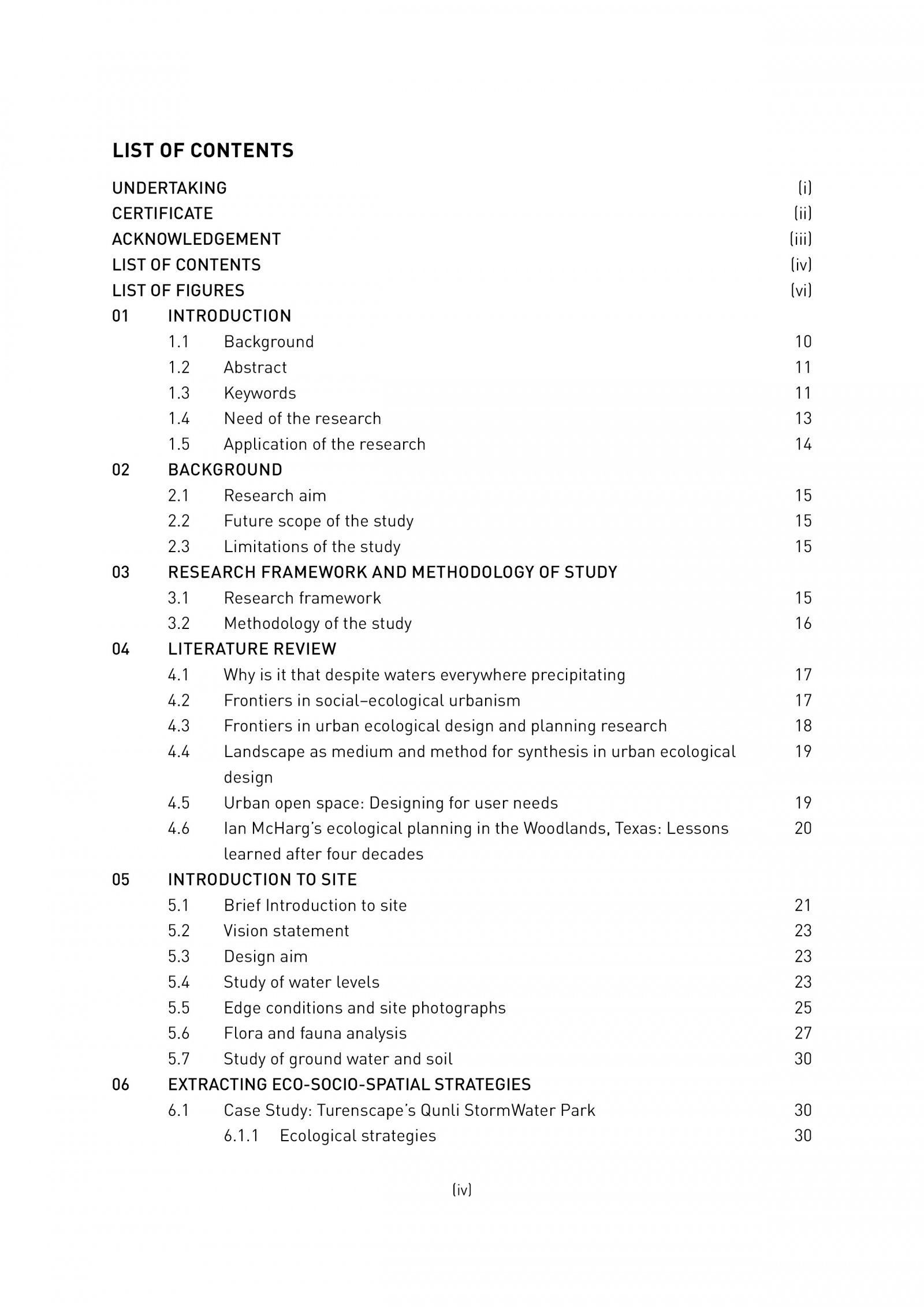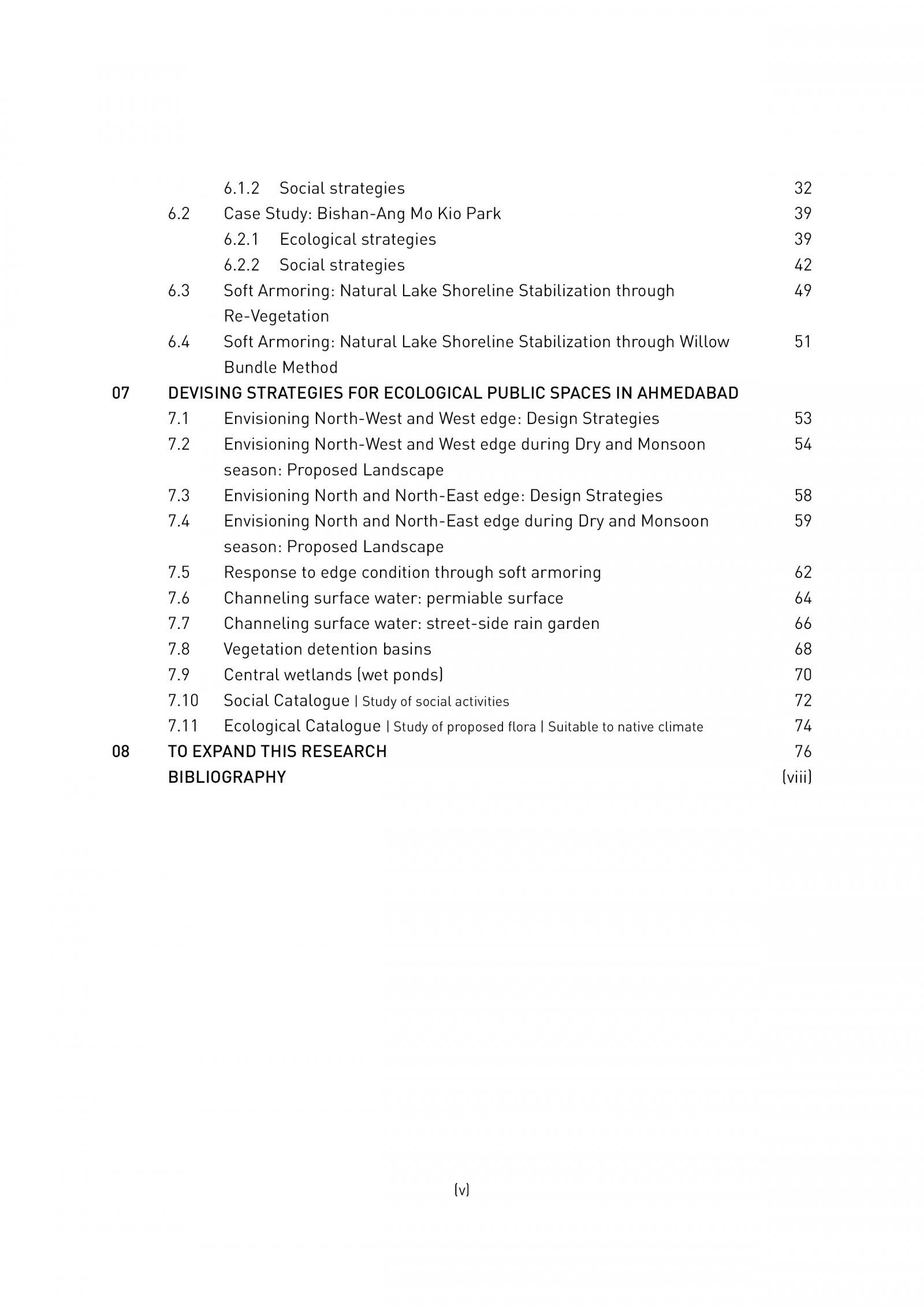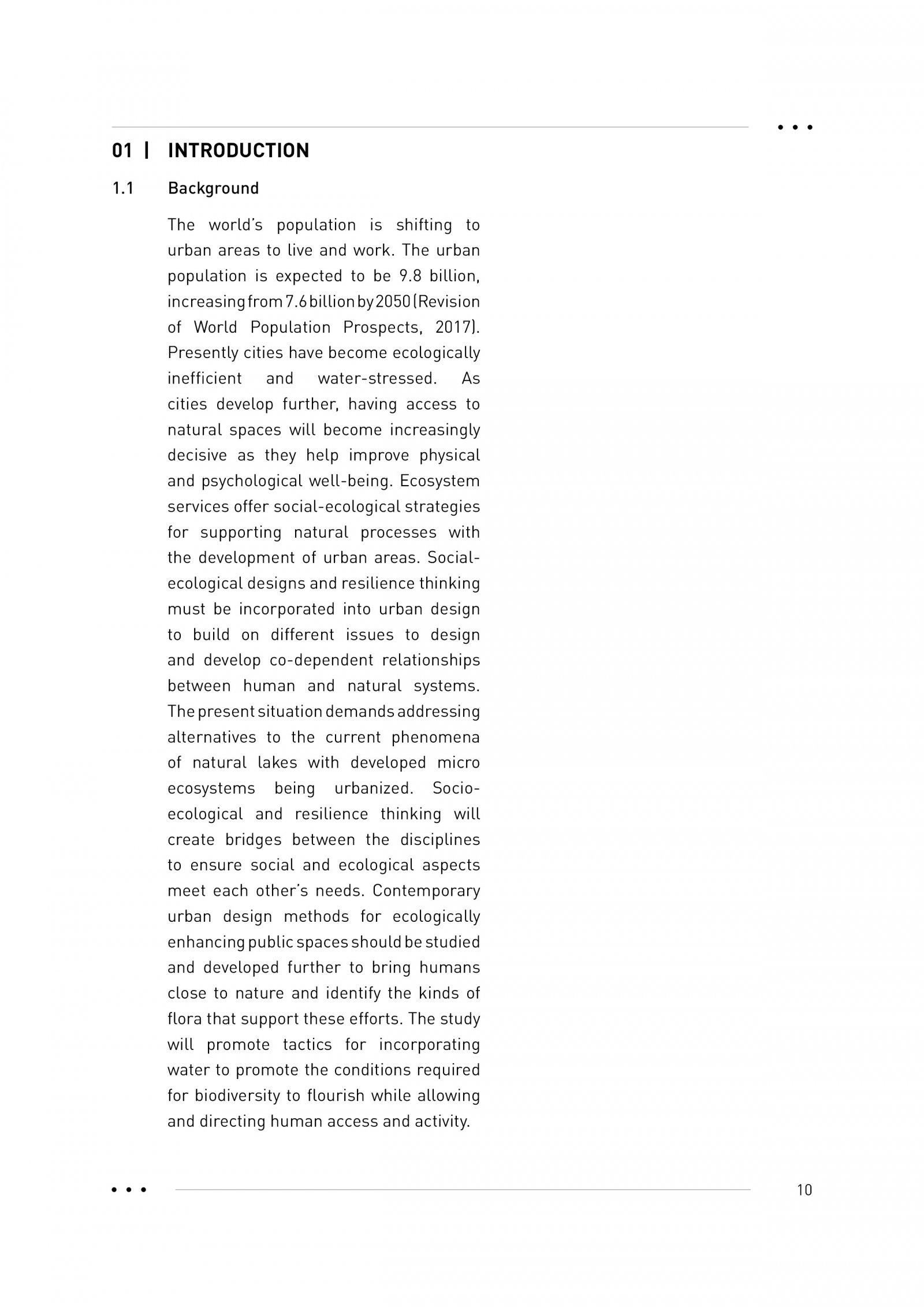Your browser is out-of-date!
For a richer surfing experience on our website, please update your browser. Update my browser now!
For a richer surfing experience on our website, please update your browser. Update my browser now!
The world’s population is shifting to urban areas to live and work. The urban population is expected to be 9.8 billion, increasing from 7.6 billion by 2050 (Revision of World Population Prospects, 2017). Presently cities have become ecologically inefficient and water-stressed. As cities develop further, having access to natural spaces will become increasingly decisive as they help improve physical and psychological well-being. Ecosystem services offer social-ecological strategies for supporting natural processes with the development of urban areas. Social-ecological designs and resilience thinking must be incorporated into urban design to build on different issues to design and develop co-dependent relationships between human and natural systems. The present situation demands addressing alternatives to the current phenomena of natural lakes with developed micro ecosystems being urbanized. Socio-ecological and resilience thinking will create bridges between the disciplines to ensure social and ecological aspects meet each other’s needs. Contemporary urban design methods for ecologically enhancing public spaces should be studied and developed further to bring humans close to nature and identify the kinds of flora that support these efforts. The study will promote tactics for incorporating water to promote the conditions required for biodiversity to flourish while allowing and directing human access and activity.



